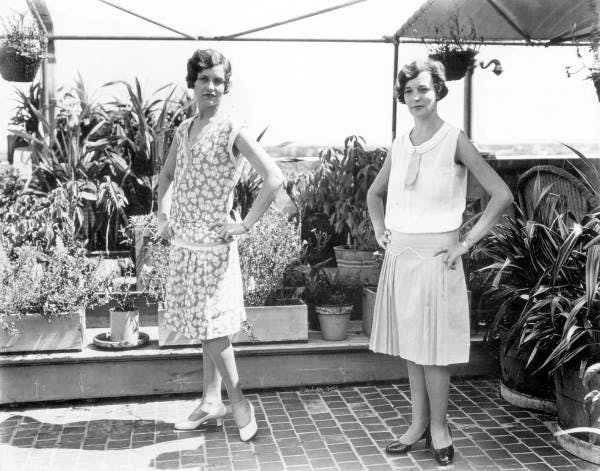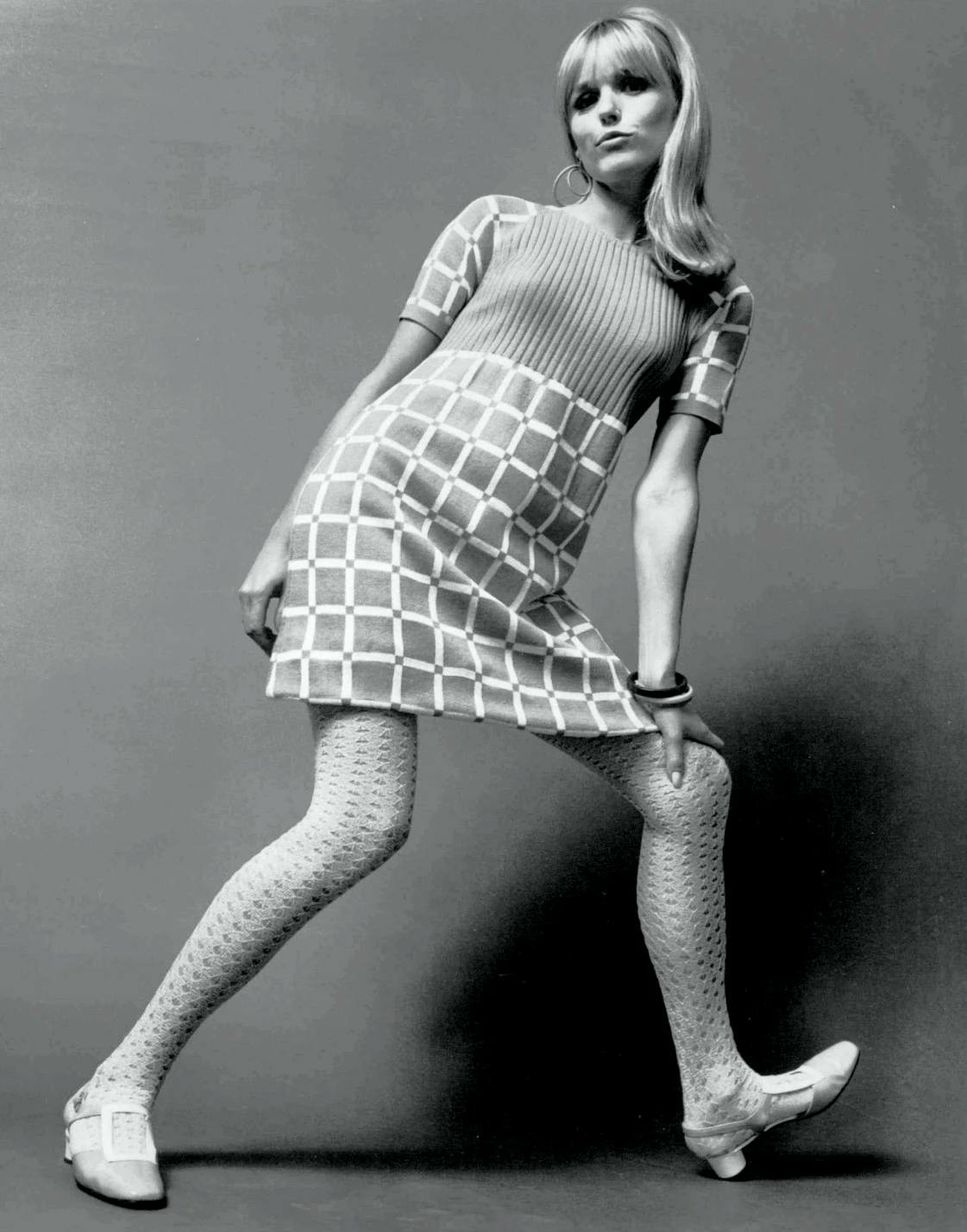Is There Any Truth To The Hemline Index Theory?
For almost a century, two seemingly unrelated phenomena – our economy and women’s skirt lengths – have been declared associated through a theory called the hemline index. But is there any validity behind this relationship?

As we discussed while breaking down the latest spring fashion trends, long skirts are making a comeback this year. Whether it’s denim, silk, leather, pleated, or crochet, the skirts we’ll see out and about this summer will definitely fall below the knee. And on the topic of trends, but in an entirely different vein, many economists are predicting a recession to hit the U.S. by Q3 of 2023. What do these two seemingly unrelated facts have in common? The hemline index would argue everything.
What Is the Hemline Index?
The hemline index is a theory that the stock market moves in the same direction as women’s skirt lengths. More specifically, the saying goes that the shorter the skirt, the better the economy, and the longer the skirt, the worse the economy.
The origin behind this bizarre yet fascinating theory dates back to the 1920s. Economist George Taylor was the first to call attention to the possible correlation between our economic prosperity (or lack thereof) and skirt length. He noticed this correlation in 1926, but does it still ring true today? Since then, there have been countless examples that have shown that the hemline and the economy do trend together. As fashion blogger Molly Elizabeth Agnew writes, “Financial markets do have the ability to predict what we see on runways and in stores.”
An Unlikely Correlation
In the Roaring Twenties, when the American economy boomed post World War I, hemlines were as short as ever – think flapper girl and The Great Gatsby era. Fast forward to the 1930s, and skirt lengths dropped as the country recovered from the Great Depression. They then hovered at knee height during the 1940s and World War II. But by the 1960s, Americans were thriving in a post-war economic boom, and in the fashion world, flare pants, colorful accessories, and miniskirts were all the rave.




There’s no doubt an association between the economy and hemlines is present throughout history, but is this a meaningful one or merely an urban legend?
The Truth About Hemlines
Since the 1920s, economists and designers have identified correlations in the stock prices and hemlines. However, unlike George Taylor’s original prediction that hemlines predicted market prices, it’s the economy’s fluctuations that can cause hemlines to rise or fall. More specifically, there’s a three-year lag in the hemline reaction to the market. Take for example the 2008 financial crisis. Three years after one of the worst recessions since World War II, around 2011-2012, maxi skirts suddenly appeared everywhere. The same thing is happening today with midi skirts and dresses in style this season. Many would characterize this dropped hemline as a reaction to the economic challenges faced during the Covid-19 pandemic.
However, it’s important to note that the hemline is not a predictor of economic recession. Economists have pointed to a variety of factors that elicit a recession, and none of them pertain to hemlines or fashion trends. A few of the possible causes are a stock market crash, economic shock like a pandemic or war, fiscal policy, and even psychological factors.
In the same vein, fashion trends are also not solely based on the economy. While it has been established that a three-year lag between an economic dip and the appearance of longer skirts exists, in reality, the economy can’t be entirely responsible for the rise and fall of hemlines. In fact, there are several factors that can contribute to fashion trends, such as influencers, runways, social media, music, and manufacturers' resources.
As Marlen Komar writes for InStyle, “It’s not so much the economy that influences our fashion sense, but our reaction to what’s going on in the world and how that makes us feel.”
Closing Thoughts
Unpacking the answer as to whether the hemline index is valid or not is a complex feat. Economists have debated this theory for decades, with many arguing that there is no way skirt lengths can predict economic prosperity and vice versa. Others have argued that the economy can play a role in impacting the hemline length three years down the road, using historical examples as evidence. If anything, the hemline index can be used to uncover causes of trends and, more broadly, to study how the human response to environmental circumstances manifests itself in unlikely ways.
Support our cause and help women reclaim their femininity by subscribing today.